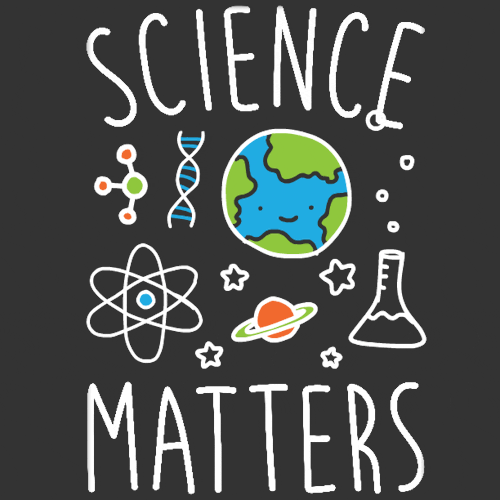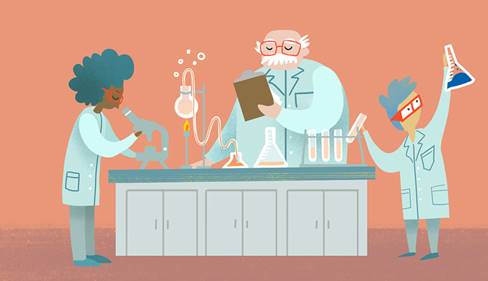Earth Science
Content Statement #1
The composition and properties of Earth’s
interior are identified by the behavior of seismic waves.
Content Elaboration
The refraction and reflection of seismic waves
as they move through one type of material to another is used to differentiate
the layers of Earth’s interior. Earth has a core, a mantle, and a crust.
Impacts during planetary formation generated heat.
These impacts converted gravitational potential
energy to heat. Earth’s core is also able to generate its own thermal energy
because of decaying atoms. This continuously releases thermal energy. Thermal
energy generated from Earth’s core drives convection currents in the
asthenosphere.
Content Statement #2
Earth’s lithosphere consists of major and minor
tectonic plates that move relative to each other.
Content Elaboration
Historical data and observations such as fossil
distribution, paleomagnetism, continental drift and seafloor spreading
contributed to the theory of plate tectonics. The rigid tectonic plates move
with the molten rock and magma beneath them in the upper mantle.
Convection currents in the asthenosphere cause
movements of the lithospheric plates. The energy that forms convection currents
comes from deep within the Earth.
There are three main types of plate boundaries:
divergent, convergent and transform. Each type of boundary results in specific
motion and causes events (such as earthquakes or volcanic activity) or features
(such as mountains or trenches) that are indicative of the type of boundary.
Content Statement #3
A combination of constructive and destructive
geologic processes formed Earth’s surface.
Content Elaboration
Earth’s surface is formed from a variety of
different geologic processes, including but not limited to plate tectonics.
Content Statement #4
Evidence of the dynamic changes of Earth’s
surface through time is found in the geologic record.
Content Elaboration
Earth is approximately 4.6 billion years old. Earth
history is based on observations of the geologic record and the understanding
that processes observed at present day are similar to those that occurred in
the past (uniformitarianism). There are different methods to determine relative
and absolute age of some rock layers in the geologic record. Within a sequence
of undisturbed sedimentary rocks, the oldest rocks are at the bottom
(superposition). The geologic record can help identify past environmental and
climate conditions .

